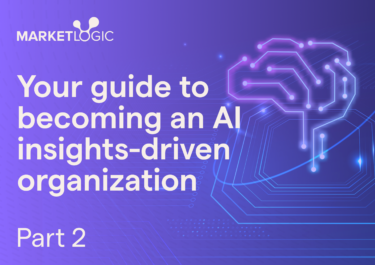
March 25, 2018
Read time: 3min

March 25, 2018
Read time: 3min
As soon as research organizations start running their operations on a marketing insights platform, they gain the transparency to save money in two ways, by preventing duplication of research projects and improving supplier management.
As soon as research questions are formulated in the online briefing, your insights platform runs a pre-filtered search of past knowledge to see what is already known about the topic.
Knowing what you know gives you the choice to cancel redundant projects and deliver faster answers to the business, or to sharpen research questions to pursue fresh insight.
Market Logic clients report savings of 10% – 25% through these measures, depending on factors such as the degree of centralization in the management of the insights function, the number of business lines and countries where research is conducted.
For example, a highly regionalized CPG company with one dominant business line saw a 25% reduction in duplicated research projects, while a highly centralized research organization with 10 business lines saw savings of 15%.
Client-side procurement teams report savings of 10% – 15% through these measures, depending on the extent of centralized oversight they already executed manually.
In addition to these easy-to-measure savings, research automation delivers a ton of soft-savings. In many instances, insights platforms have replaced three or more different reporting systems.
Most importantly for your insights managers, automation eliminates boring, non-productive hours spent managing bid communications, hunting for the latest version of a questionnaire, or trying to invent best practices when gold standards already exist.

How is AI transforming roles, skills and capabilities in insights functions?

Interview with Nextatlas CEO Luca Morena

An introduction to gen AI for businesses. From RAG to LLMs — get the lowdown.

Exploring the Future of AI in Marketing: Integrating Insights into Business Systems for Enhanced Decision-Making.

To succeed in today's dynamic consumer landscape, your organization must be able to react faster…

How does this guide help you? In part 3 of our guide, we’ll delve into…

Learn the AI insights-powered enterprise systems architecture and processes.

Transform your organization with insights. Download this guide to find out how.